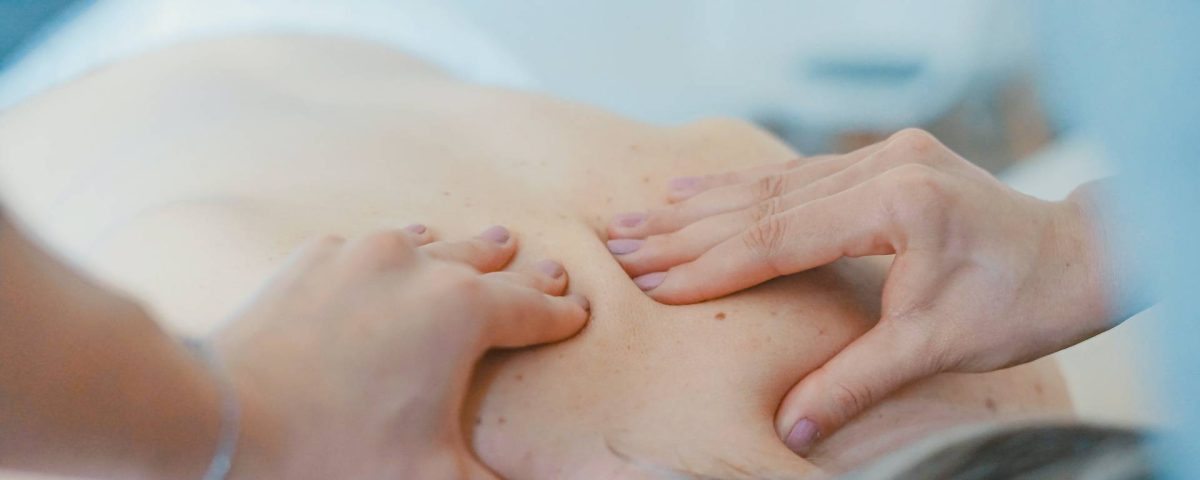Worsening of scoliosis during life

After the completion of growth and development in people with scoliosis, the goal of the exercises changes. In adults, it is not possible to achieve a reduction of the scoliotic curve. However, during life, depending on the size of the scoliotic curve, it is possible for scoliosis to continue to progress. For scoliotic curves with Cobb angles less than 30 degrees, there is no scientific evidence that they worsen during life. However, in people with scoliosis whose Cobb angles are between 30 and 50 Cobb degrees, if left untreated, the scoliosis tends to worsen by 0.5 degrees per year. For curves with Cobb angles greater than 50 degrees, there is a chance for progression of even 1.5 degrees per year. For adults with scoliosis, it is recommended to continue with exercises for three-dimensional correction of the spinal column, in order to prevent the progression of the existing scoliosis. In people who have finished growing, it is not possible to reduce the existing scoliotic curve. However, it can be prevented from progressing further.
Gradual worsening of scoliosis, if left untreated is possible in adults whose Cobb angles are greater than 30 degrees . In adults, who already have existing scoliosis, it is possible that, for unknown reasons, the scoliotic curve continues with a more aggressive deterioration. This type of adult scoliosis is called restart – progressive scoliosis. With these people, it is necessary to do exercises for three-dimensional correction, and in some cases it is necessary to include wearing a brace.
When we talk about the worsening of scoliosis, it is important to mention “de-novo” scoliosis. De novo is a type of scoliosis that most often occurs after the age of 50, in the postmenopausal period, in persons who have not previously been diagnosed with this deformity. This type of scoliosis occurs most often in women, is most often localized in the lumbar segment and is associated with osteoporosis, osteopenia, laterolisthesis and other degenerative changes. De novo scoliosis is often of a very progressive nature, during which it is necessary to include exercises and often the application of the brace is also included.
Regardless of which type of scoliosis aggravation is present, it is necessary to include three-dimensional exercises to correct the deformity. Schroth three-dimensional exercises have proven results in stopping the worsening of scoliosis, but in addition to this, Schroth exercises also have an effect on improving the quality of life. Schroth exercises reduce back pain, increase flexibility and functionality.
